Plantae

Sicyos villosus
Cucurbitaceae Sicyos villosus

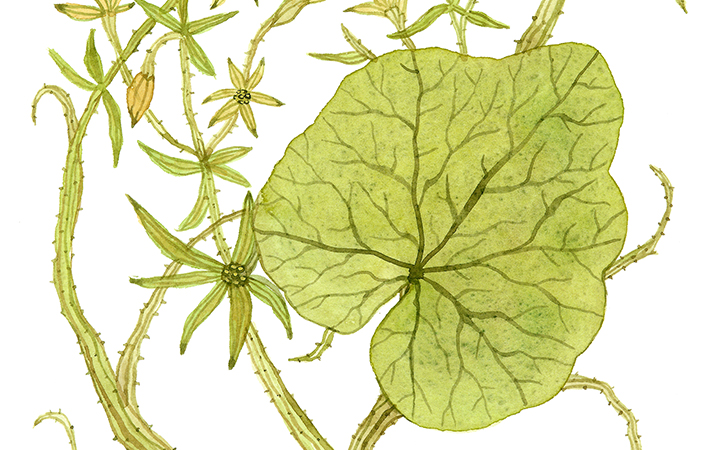
2 POINTS
Play: This plant is EXTINCT.
Fact: Darwin’s single dried specimen of Sicyos villosus, collected during the Beagle voyage, appears to be the only piece of evidence that showed this plant ever existed.

Galapagos Prickly Pear
Opuntia echios


1 POINTS
Fact: This prickly pear is a favourite meal for the Galápagos tortoises. It’s presence is also a selective pressure and has resulted in changes to the tortoise’s shell.

Lathyrus nervosus
Lathyrus nervosus

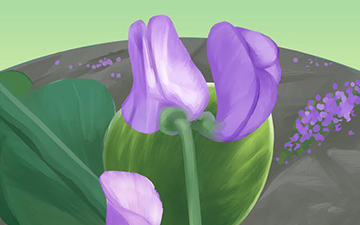
3 POINTS
Fact: During the Beagle voyage, this pea plant specimen was collected in Bahia Blanca, near Buenos Aires on October 2nd, 1832.

Cinchona tree
Cinchona genus

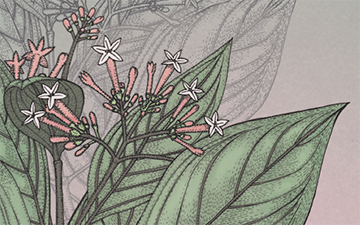
2 POINTS
Fact: The drug quinine is isolated from cinchona.

Ma Huang
Ephedra sinica

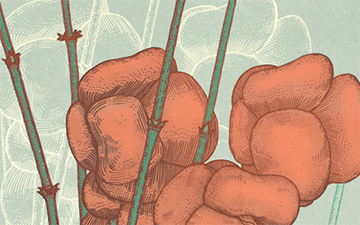
2 POINTS
Fact: The drugs ephedrine and pseudoephedrine are found in the Ma Huang plant.

Opium Poppy
Papaver somniferum

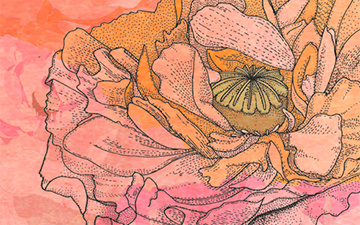

2 POINTS
FACT: Opiates (such as morphine and codeine) are isolated from seeds of the poppy.